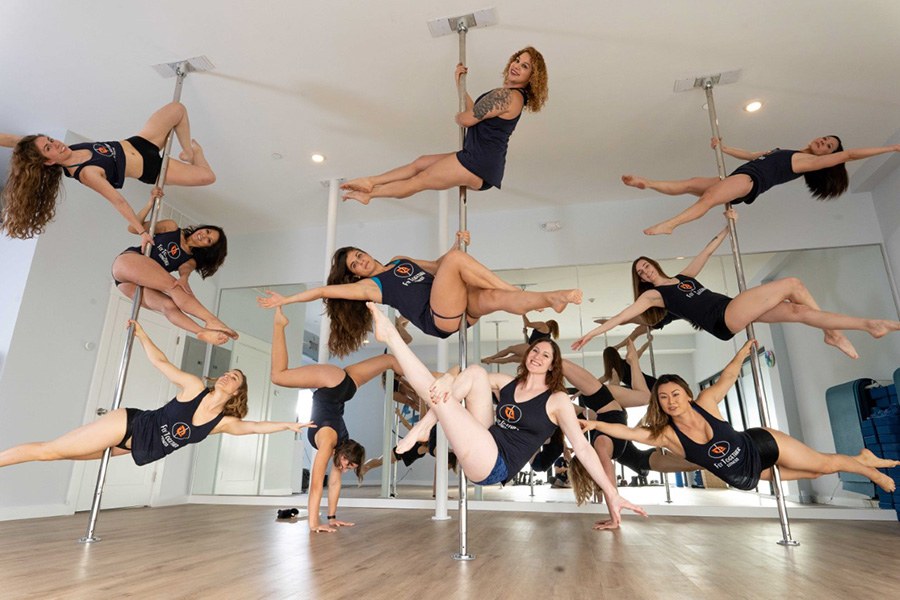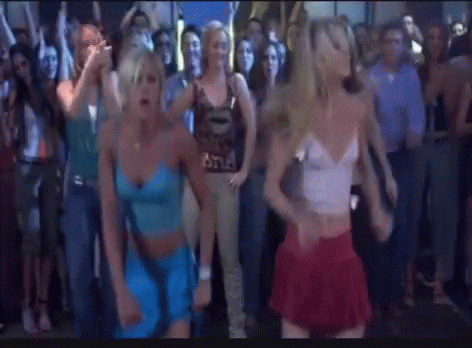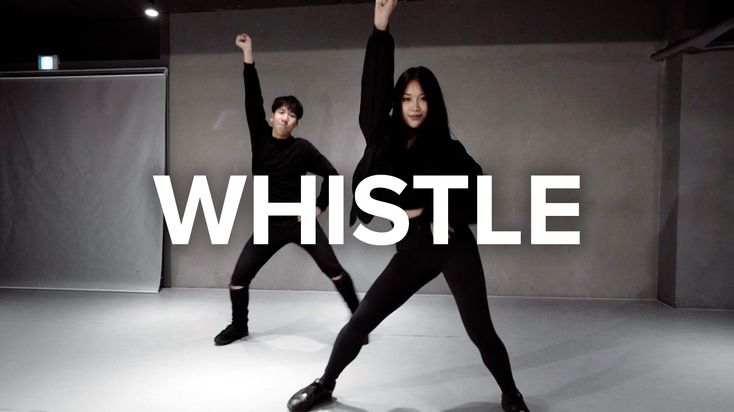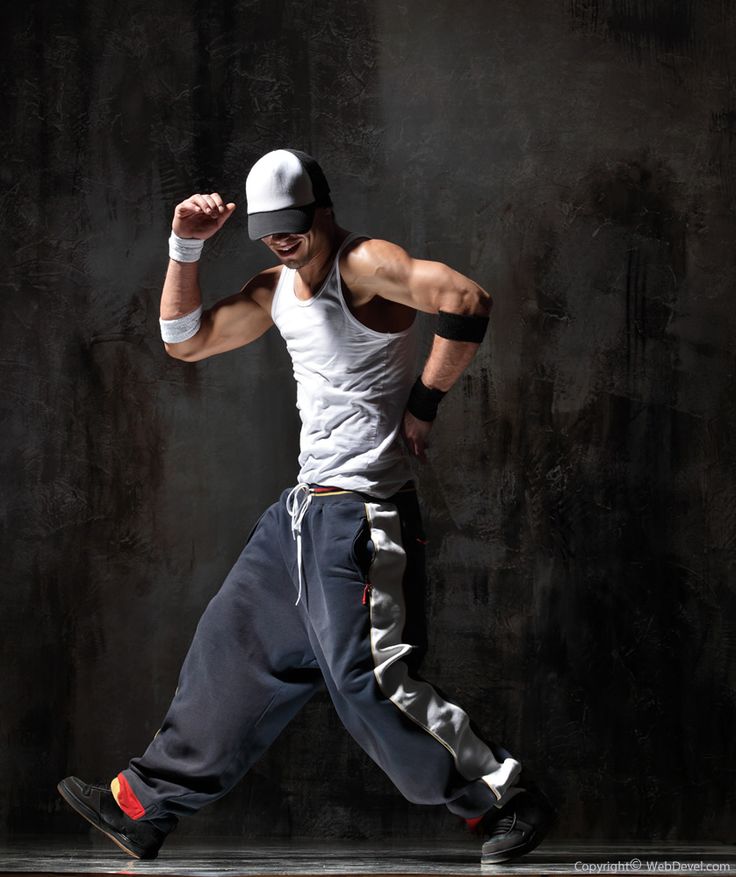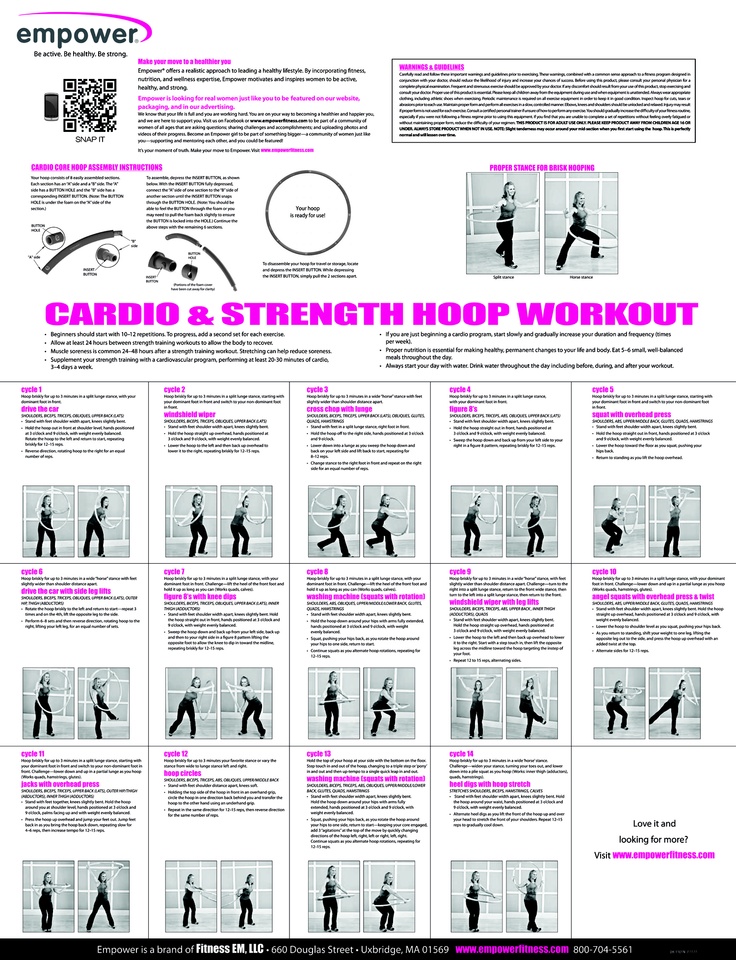How to start your own dance studio
Everything You Need To Know
Have you ever wondered how to start your own dance studio? Or, if you have already started researching how to open one, perhaps you’ve been wondering if you have what it takes to run a dance studio and make it successful. Does this sound like you? Then, this post is for you! Here’s how to open a dance studio, from step one to your studio’s grand opening and beyond.
Opening A Dance Studio ChecklistSince we first wrote this post at The Studio Director, we’ve expanded on the information here so that all studio managers can feel confident and excited as they embark on their journey to studio ownership. We know that studio ownership itself has certainly changed recently as well, so we’ve added updated information on offering online dance lessons and noted the latest trends in our industry. Throughout this post, you’ll also find links to in-depth articles on related dance studio ownership topics.
While all of this information is necessary as you get started, sometimes a checklist is the best way to manage your tasks. Here’s your roadmap, with more information below on each of these points.
- Apprentice at a studio you respect
- Prepare for the many roles you’ll take on
- Build a name for yourself in your community
- Create your dance studio business plan (and estimate the finances involved!)
- Find your perfect studio location
- Develop your systems and processes
- Set up your studio space
- Hire your dance studio staff
- Get the word out with marketing
- Start from a place of organization
Ready to get started? It’s time to learn how to open a dance studio of your dreams!
1. Shadow A Studio Or Owner You RespectDo you know another studio manager that you respect or look up to? Love a local studio that’s on the other side of town or in another city? Know of a studio who excels at online dance lessons? The best way to learn about starting a dance studio is to actually work at one.
If there’s a local dance studio that has been around for a while, pick up some hours at their studio and gather notes. Or, find a studio manager you love and ask if you can mentor under them.
Or, find a studio manager you love and ask if you can mentor under them.
While there, volunteer to fill in for the different roles or jobs where they need help so you can see how things run from all angles. This will clue you into important challenges in the dance business and how they are solved.
In particular, make note of:
- What problems occur and how they solve them
- How money comes in and out of the business
- The different roles staff members play
- How the studio handles marketing
- How the studio communicates with parents and students
More importantly during this period, make sure you enjoy the work! Opening a dance studio is a fantastic way to share your love of a dance with a larger audience, but it’s not for everybody—and that’s okay.
2. Prepare For The Many Roles You’ll Take OnAlong with understanding the business, you’ll also need a clear view of the different roles you will take on as the owner.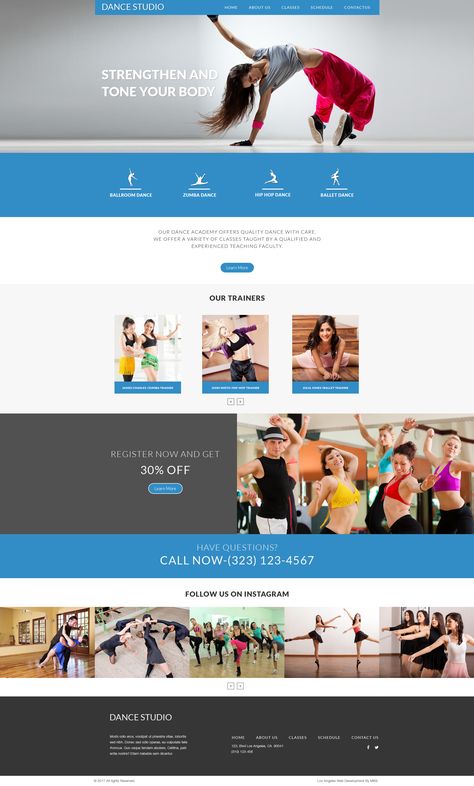
Beyond choreographing and teaching classes, you are the person who has to keep the many parts of the business running. Some of those roles include:
- Dance studio manager: You’ll make sure schedules and daily activities are running smoothly. You will need to be able to communicate what you want, what needs to improve, and ensure that your staff is focused on your goals.
- Mentor: Every day, you’ll embody the work ethic and attitude you expect staff members and students to take on themselves.
- Entrepreneur: Your work doesn’t stop when the studio opens. You will continue to grow and develop new studio plans. As an entrepreneur, you’ll also be heavily involved in billing, scheduling, marketing, community outreach, events coordination, customer service, and much more.
- Techie: Offering online dance lessons? Make sure you (or someone on your team!) can easily troubleshoot virtual class enrollment, set-up, and your online class platform for teachers and students alike.

Learn early on which of these roles you naturally gravitate towards, and which would be better to outsource to another trusted teacher or staff member.
3. Build A Name For Yourself In Your CommunityUsually, dance studio owners go into business confidently knowing they already have enough of a following to fill classes from the get-go.
If you do not have a big enough following yet, some ways to find more students include:
- Offering dance services to local schools, gyms, and churches
- Giving discounts for people who refer your classes to friends and families
- Advertising for your classes at nearby businesses that are not competitors, but will have the clientele that would take an interest in dance (think yoga studios or daycares)
- Sharing your personality and approach to dance on social media so others in your community can learn more about you
This is a step that you do far before finding your location or setting up your business plan because it takes time. Thankfully, you can work on this as you go through your other dance studio start-up tasks.
Thankfully, you can work on this as you go through your other dance studio start-up tasks.
Your dance studio business plan is a document that lays out your business goals and how you plan to achieve them. It sets a solid foundation for your studio for years to come. We have more information about creating a business plan here, but yours should cover the following sections, at a minimum:
- Executive summary
- Company description
- Market analysis
- Products and services
- Financial projections
- Marketing overview
Let’s look at each of these in more detail. Note, too, that your business plan may contain much more.
Executive summary and company descriptionThe executive summary should summarize your main business goals, vision, and core values. This should not be more than a few sentences. You’ll likely have an easier time writing your summary last after you’ve covered all of the other details.
Following that, describe what sets your studio apart. This is typically what you will use to pitch your company when you are marketing it. It should include the services you plan to offer, the types of classes you’ll have, and what sets you apart from other studios.
This section should also clearly establish what type of legal business entity your studio will be, and how you’ll comply with any local licensing or regulatory requirements.
Market analysisIt’s time to research your potential customers! Building a following well before you begin the process of opening your dance studio can help tremendously with this step. The more people who know you, the more likely you’ll know what types of dancers will sign up once you open your doors.
In addition to researching the people who already know you, though, you will have to research your local market, potential customers, and competitors. This section should include all the details you gather about the size of the dance industry in your area and how you will fit into this equation.
Start off by listing the dance studios you will be in direct competition with and the number of students they serve. This will help you determine how many students you should bring in and define your pricing structure.
In addition, you may want to do surveys and host focus groups with your potential customers to ask them what they’d like to see in a dance studio in your area.
For a larger industry-wide study, we recommend reading our post on dance studio industry stats and trends. This will help you get a better idea of where our industry is at right now, and where it might grow over the next few years.
Products and servicesOnce you have thoroughly analyzed your market, you can decide on the services that will attract the widest range of students. In this section, list in greater detail the classes you plan to offer. You can also outline the benefits that students may receive from taking your classes.
This section will also include any other plans you have outside of classes and memberships to make money, such as dance apparel, competitions, and recitals.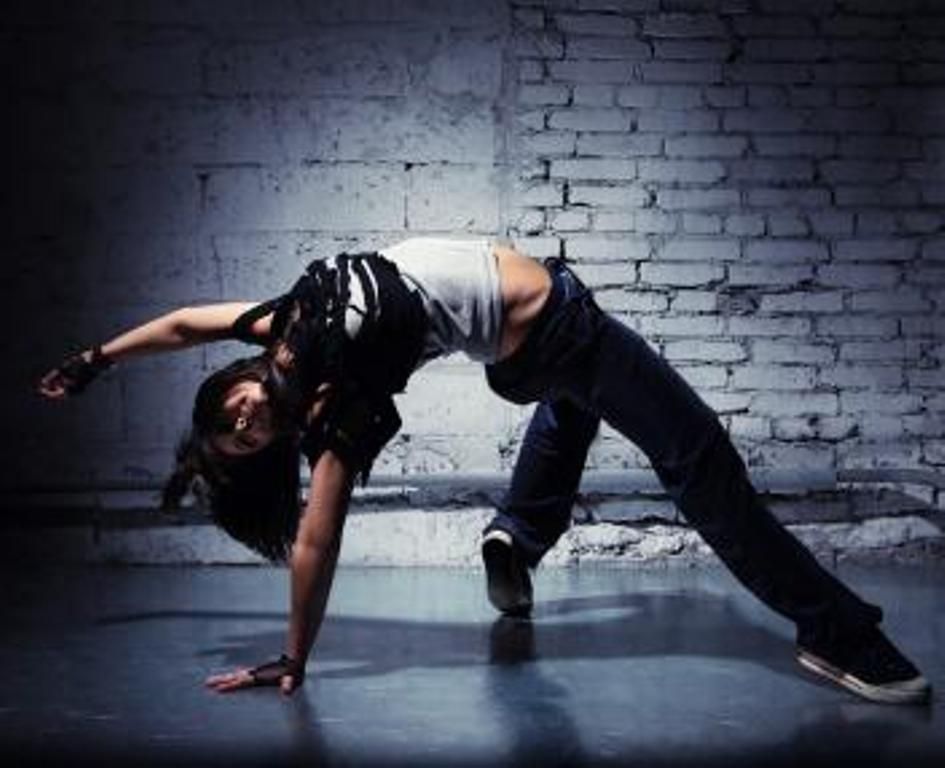
One of the most necessary sections of your business plan is the funding plan and your financial expectations once in business.
If you need a loan to get started, having a transparent and organized assessment of your current financial position and future projections will show potential investors that you know what you’re doing.
This portion will also detail where your revenue will come from, how much your bills will cost monthly and annually, and your class pricing. In this section, think of everything you will need to open your doors from equipment like dance studio mirrors, down to the rolls of toilet paper in the bathrooms. The more thorough you can be here, the better.
How much does it cost to open a dance studio though? We’ve created a full post on how much it costs to run a dance studio here.
Marketing overviewIn the most basic sense, this part of your studio business plan is all about how you’ll get the word out about your dance studio.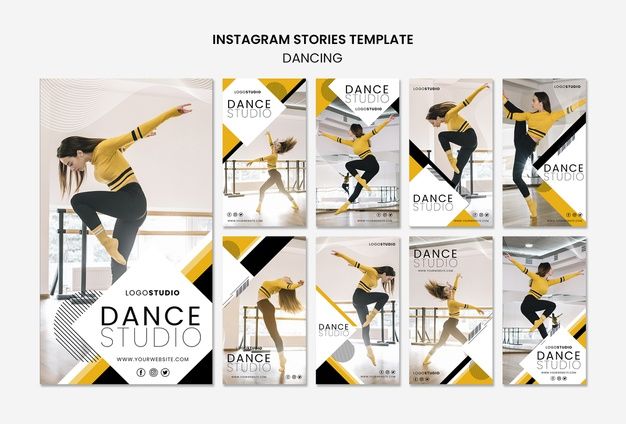 Start by establishing your brand. What’s your studio’s name, logo, and brand identity? Learn more about that here. You can find ideas for fun and catchy dance studio names in our earlier post.
Start by establishing your brand. What’s your studio’s name, logo, and brand identity? Learn more about that here. You can find ideas for fun and catchy dance studio names in our earlier post.
Also, give a general overview of the marketing channels you’ll use and what portion of your budget you’ll allocate to marketing. You can include a strategy for growth if you have a plan for targeting other markets in the future as well. Review our full post on social media for dance studios to get started on this one.
5. Find Your Perfect Studio LocationOnce you have figured out how your business will run and what your financial situation is, you can start looking for your studio. Do it in this order so you know how much you have for rent and extra costs that will come with the location you decide on.
A dance studio has its own unique requirements. First ask yourself how much space you’ll need? Do you want one room or multiple studios in your facility? Will you want a room set up for virtual dance lessons? You will also consider the need for:
- A lobby
- An office
- Storage
- Bathrooms
- Retail space
- Hallways
- A waiting room for parents
In addition, don’t neglect things like:
- Parking options: Does this space have parking that will accommodate the number of students you hope to attract?
- Safety: Parents should feel comfortable and safe bringing their child to your location.

- Visibility: It may cost more to be in a highly-visible location, but it also makes for easier, passive marketing.
Remember that you will have monthly payments that you will have to meet. Be very clear with your landlord on what those are upfront, along with any unforeseen payments that could come along. If you decide to buy the building, keep in mind that you will be responsible for maintenance costs.
6. Develop Your Systems And ProcessesIt’s time to make a plan for running your studio once it opens. This is separate and more detailed than your business plan, but it’s just as important.
Note too that the more organized you make your processes and systems at the beginning, the fewer people you will need to hire to carry them out. This is why so many dance studio owners use dance studio management software. It not only provides them with a guide to carry out their management duties and market their studio, but it also allows for a smaller staff and lower labor costs. It streamlines their daily tasks so they can focus more of their attention on the fun parts of running a dance studio. You can learn more about choosing the best dance studio software here.
It streamlines their daily tasks so they can focus more of their attention on the fun parts of running a dance studio. You can learn more about choosing the best dance studio software here.
Before your grand opening (and even hiring), consider the systems and processes you’ll have in place for the following.
Automating your administrative tasksEnrollment, billing, and other tasks can be carried out through dance studio software. Organize everything into one place that you can access with a click of a button.
Some tools can also analyze your data and track trends in your business over time so you can make well-informed decisions as you move forward. Because of this, it’s best to have this tool in place from the start. You can learn more about the benefits of an online registration process here.
Offering seamless payment optionsYour customers expect payments to be easy and built around the types of payment options they already use every day.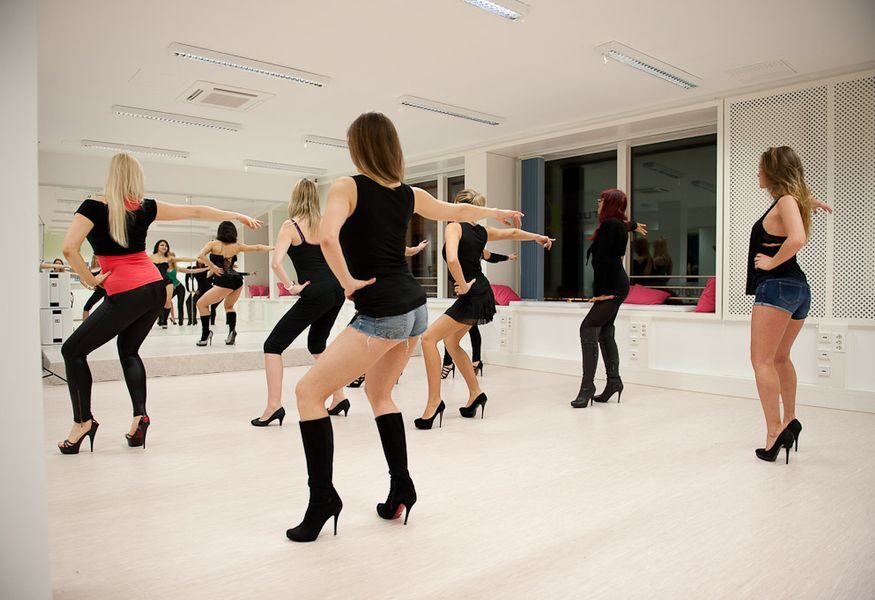 That means offering debit and credit card payments, whether in-person or online.
That means offering debit and credit card payments, whether in-person or online.
Make it even easier for customers with set-it-and-forget-it options, like recurring automated billing and saved payment info. Learn more about payment processing for your dance studio here.
Setting up online dance lessonsOnline or virtual dance lessons represent an exciting new way to reach your students no matter where they are. Rather than face downtimes during long summer breaks or miss out on lessons due to other factors, these types of classes connect students with their teachers right from home! Many teachers also love these types of lessons, as it offers them more flexibility for teaching and studio time.
Today’s video streaming services make online dance lessons even easier. By using a system like Zoom, Google Meet, Facebook, or YouTube, you can connect instantly with students. Some dance studio software tools even offer virtual classroom management directly from the software. This allows students to sign up for an online class just like they would an in-person class, and provides set-up assistance for studios, teachers, and students.
This allows students to sign up for an online class just like they would an in-person class, and provides set-up assistance for studios, teachers, and students.
Learn more here.
Marketing your studioMarketing begins before you put together a business plan, but at this step be clearer about how you’ll market your studio (more on that below) and who will handle marketing for you. For example, you can handle these tasks, have a staff member handle them, automate some of these tasks with studio management software, or outsource it to a marketing agency.
Registering new studentsMake registration easy with a ready-made registration form. We have full details on what yours needs to include here. Likewise, studio management software can automate this.
Developing an annual calendarFigure out the major seasons for your studio. Consider separating your annual calendar into instruction periods, performances and recitals, and breaks, so students (and parents!) know what to expect each year.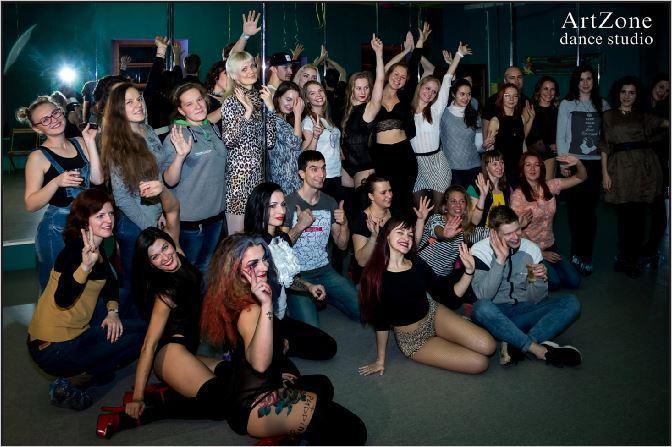
Items like flooring, mirrors, and ballet barres are integral features of a dance studio. We go more in-depth into the purchasing choices and decisions behind each of those major features in the linked posts. Don’t stop there, of course. Make sure to decorate your dance studio so it invites creativity and movement.
Offering online dance lessons? Learn from other studio owners who expanded into virtual lessons to reach more students, provide more flexibility for their staff, and more. In this article, a studio owner discusses the specific logistics and set-ups they used to run these types of lessons successfully.
8. Hire Your Dance Studio StaffYou might not need a very large staff, especially when you first start out. However, keep in mind that you might not have time to actually teach many classes when you first open. As an owner, there may be too many tasks on your plate in the beginning. To that end, your first hire may be someone else to teach your classes, at least short-term.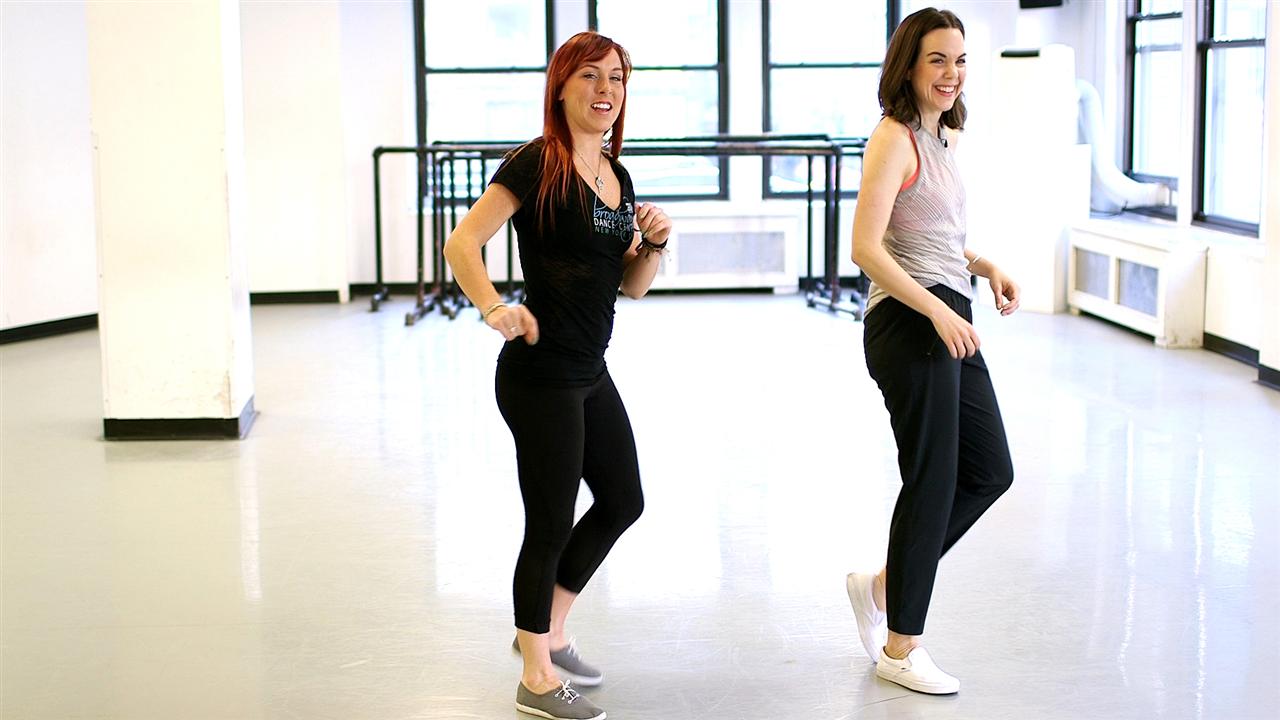 Another may help with front office and administrative tasks.
Another may help with front office and administrative tasks.
Whether you have one or many staff members, make sure everyone knows what’s expected of them from day one. You can accomplish this by:
- Making a clear outline of each position and what they do on a daily, weekly, and monthly basis
- Figuring out a recruitment process and using a trial period for new teachers and staff
- Creating a training manual with step-by-step procedures for new hires
- Using a standard dance teacher contract that formally defines pay, benefits, and your expectations
You may already have a good collection of people ready to sign up for your classes. Even so, it’s important to spread the word about opening your dance studio.
To start, your website is going to be your prime source for gaining new students. This is where parents will view your location information, contact info, positive reviews, class schedule, and more.
Beyond your website, your ongoing marketing tasks will include:
- Increasing word-of-mouth marketing and referrals
- Building your social media presence
- Growing your email list for future newsletters
- Gathering positive reviews on Google and social media
- Developing partnerships with local businesses and charities
Once you have these tasks set up, it’s time to market your official grand opening. Some ideas include running ads in local papers and on social media, having your students perform at outdoor events in your community, or finding small business events to participate in.
Find even more easy and effective dance studio marketing ideas here.
10. Start From A Place Of OrganizationThere are many things that will go onto your opening a dance studio checklist, many of which we couldn’t fit into this post. Still, we hope it has given you some insight into opening a dance studio.
As we’ve noted throughout this post on how to open a dance studio, one of the best ways to prepare is by investing in studio management software like the one we offer at The Studio Director.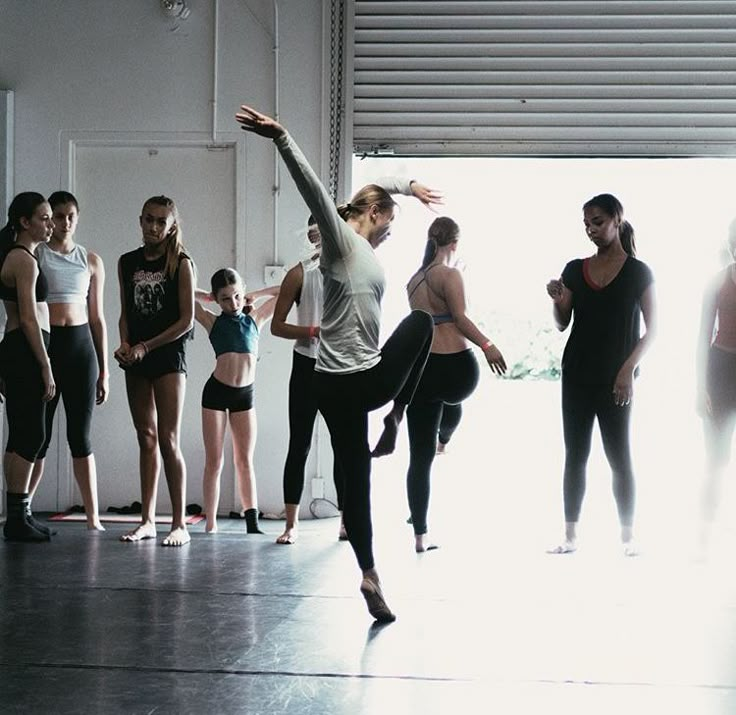 Not only does high-quality software keep your business in order, it helps with marketing and provides additional value to your customers with easy registration, payments, and more.
Not only does high-quality software keep your business in order, it helps with marketing and provides additional value to your customers with easy registration, payments, and more.
Any great studio management software will allow you to:
- Offer multiple types of payment options, online and in-person, seamlessly
- Organize your staff schedules and time-sheets
- Handle online registration, as well as costume rental and recital enrollment
- Track inventory if you sell merchandise
- Set up automatic email newsletters to new and existing students
- Allow customers to set up recurring or one-time payments
- Integrate the customer-facing functionality into your existing website or a dedicated mobile app
- Manage all of your data from a cloud-based system
People do not start a dance studio to focus on the administrative tasks. They do it out of love for their craft. Give yourself the opportunity to truly enjoy the studio you create by starting it from a place of organization.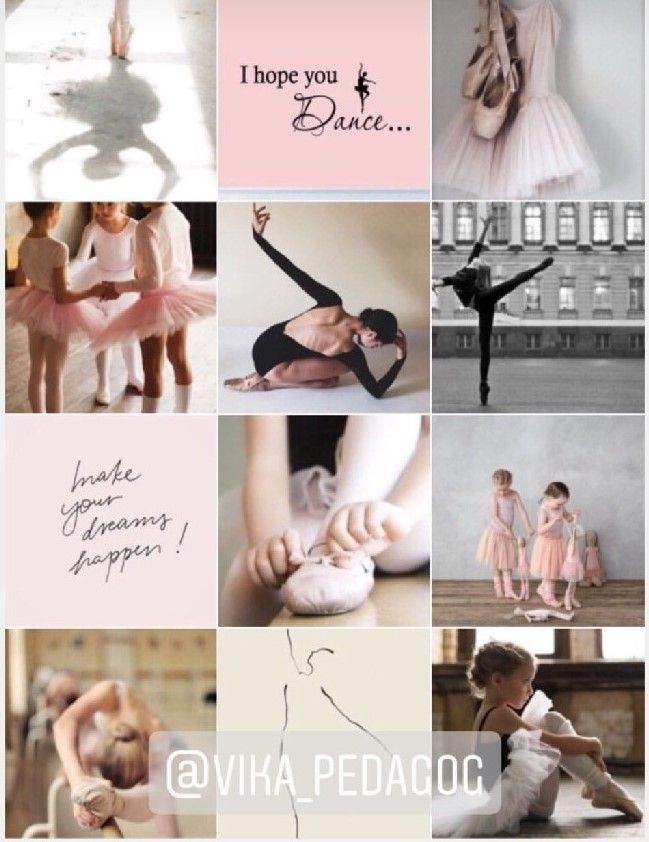
Want to learn more about how The Studio Director can help you open a dance studio of your dreams? Request a personalized 1:1 demo or a FREE 15-day trial now.
5 things I wish I had known before I started my dance studio (and why I’ve never regretted it)
Opening my own dance studio seemed like such a fun adventure at the time.
After all, I lived for dance.
I loved taking class of my own. I loved to teach and always had great feedback and retention in my classes. I was a talented choreographer, and I had a great relationship with my existing dance families.
And really . . . how hard could it be?
Well, about 3 weeks into my first experience as a business owner, the rose-tinted glasses had fallen apart and I was starting to realize that I was in the middle of a crash-course in learning what running a business is really like. And it was nowhere near as glam as I had hoped.
Now – almost 15 years later – I’m approached by new studio owners every day to ask me the million dollar question: “What do you wish you had known when you first started your dance studio”?
And the more I think about it, the more I see that while I could fill my next book with all of the mistakes and learning curves that have come my way since then (and since starting and selling 2 more businesses) I realize that every BIG thing that I overlooked in the early days falls into 5 very simple categories:
Finance
It’s no secret that I had little to no idea about financial planning or management back then.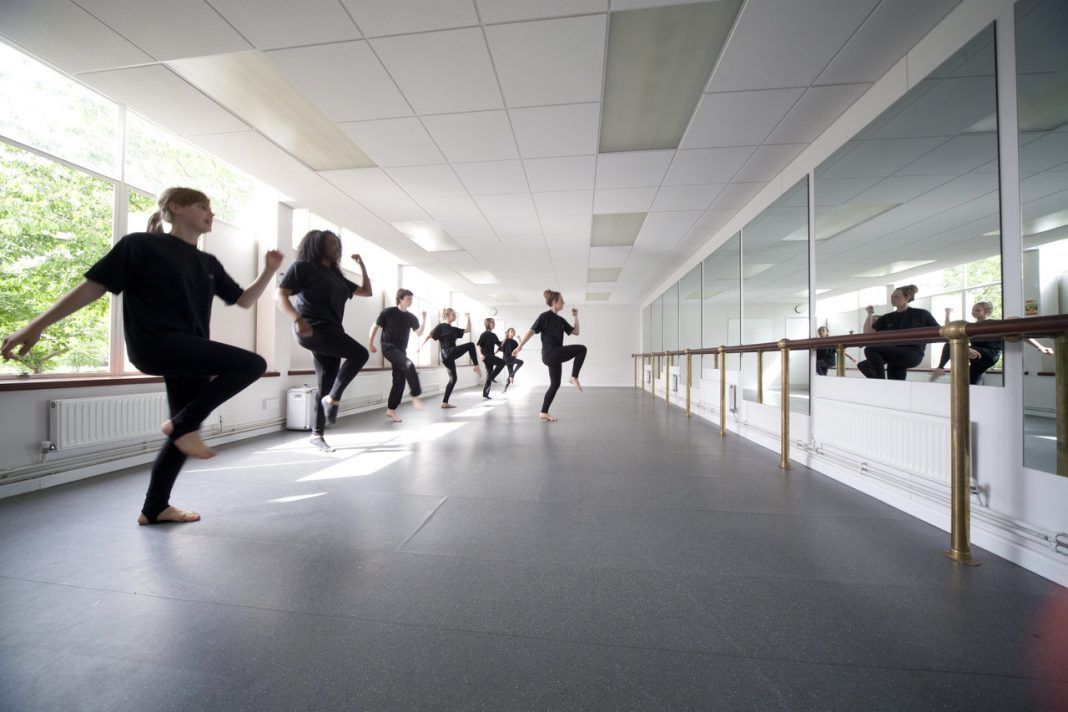 In fact (if we’d had the internet) I would have had to Google “investment” to see what people were talking about. But having a solid understanding of finance is absolutely crucial if you are going to survive and thrive in business.
In fact (if we’d had the internet) I would have had to Google “investment” to see what people were talking about. But having a solid understanding of finance is absolutely crucial if you are going to survive and thrive in business.
You need to know how much money you have.
How much you can afford to spend.
How much you can afford to borrow.
How much you can afford to lose.
If owning your own studio is your dream but you can’t afford it, this needs to be you first step. Get a savings plan in place and work to make the money needed to invest in your dream. Before you even consider opening or expanding your business you need to speak with a financial advisor or accountant to get “Dr Phil Real” with you around the numbers.
Planning
I was never a great planner when I first began in business, and I’ve seen so many studio owners come to me with stress and anxiety around their business because of a lack of planning.
When it comes to planning your studio, it’s important to consider a number of things:
Becoming known – what are your next 90 days of marketing going to look like? This includes emails, live events, social media, public relations, special offers etc. You are not going to thrive if you market ‘reactively’ 365 days of the year. Sit down with your calendar and crayons (don’t laugh, it works!) and make a map of 90 days. Remember that you are marketing your studio every day of the year in one way or another if you want to get the desired results.
You are not going to thrive if you market ‘reactively’ 365 days of the year. Sit down with your calendar and crayons (don’t laugh, it works!) and make a map of 90 days. Remember that you are marketing your studio every day of the year in one way or another if you want to get the desired results.
Setting realistic and meaningful goals – This could be goals in terms of students, revenue, retention, conversion or anything else that you can measure. When I first started my studio I used to make 12 month plans, but now that I know better I am a huge fan of 90 Day Planning for so many reasons. I definitely encourage you to jump on board too. Keep your goals in front of you so that you are seeing every day what you are working towards!
Growing – what are you going to do when you can’t fit anymore under-6’s into your preschool ballet class? What is your plan for a concert venue once you start selling out 250-seat auditoriums? How many teachers are you going to need once you hit 60, 80 and 100 students? You need to think ahead about what growth is going to look like and involve.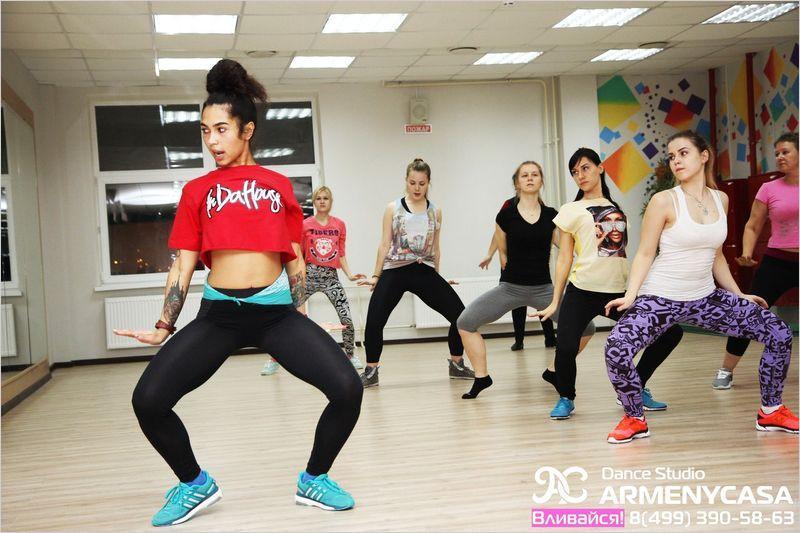 Here’s a hot tip – growth doesn’t mean more money in your pocket. It actually means more expenses and more work, so make sure to plan for it.
Here’s a hot tip – growth doesn’t mean more money in your pocket. It actually means more expenses and more work, so make sure to plan for it.
Technology
Now I’m not saying you need to be the next Mark Zuckerberg, but in this age of technology you aren’t going to reach your biz potential if you’re a trapped in a tech-luddite mindset. With a basic technological knowledge you are going to have the freedom of so many possibilities that are going to make your life easier and your studio grow.
I’m mainly talking about automation and outsourcing – get yourself into a short in-person course, check out Udemy for small business courses or download some podcasts for business owners, and you’re going to absorb a realm of information that is going to improve the quality of your customer service and your life outside the studio.
Did you know you don’t need to manually email everyone who registers, or enquires? Did you know that you can set up for automatic emails or SMS messages to go to different groups of students at different times? Or newsletters that you can schedule months in advance and receive a full breakdown of who has opened or clicked on what?
Get familiar with this stuff. It’s game changing.
It’s game changing.
Logistics (aka – the things that matter)
When it comes to choosing and preparing your studio space and how your business will work, there are about a million things you need to consider, such as:
Is your waiting room big enough?
Is there adequate parking?
Do you have disabled access?
Is there Wi-fi?
Is your sound system loud enough?
Are your floors safe?
Is there a security system?
Is your timetable convenient for staff and students?
Do you have enough teachers per class?
Will your white uniforms get easily dirty?
Are your walls soundproof?
Does the roof leak?
Are you too close to your competitor?
Do you have reasonable staff contracts?
Is the studio / hire space well ventilated and warm/cool enough?
Do you have enough storage?
Are your teachers going to be employees or contractors?
Are there enough toilets and change rooms?
These are all things you need to think about.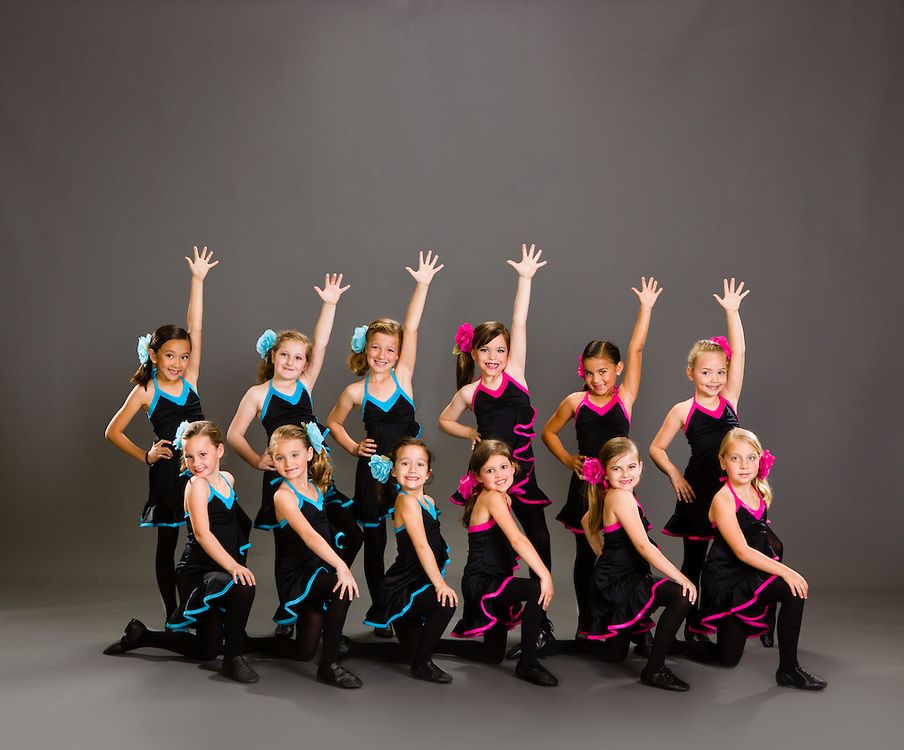 Go to your local gym or fitness club and take a look around. Write down everything you see whether you love or hate it, then apply it to your new studio. Get some other eyes and ears on board too to make sure you’ve covered everything!
Go to your local gym or fitness club and take a look around. Write down everything you see whether you love or hate it, then apply it to your new studio. Get some other eyes and ears on board too to make sure you’ve covered everything!
People
People are everything, and as much as it may seem like you can do this alone, you just can’t.
The main people you need on your team when you get started are a lawyer, an accountant, a financial advisor, and a cheer squad (just kidding about the last one – but it certainly can feel like you need this in business sometimes!)
You’re not going to like some of the advice given by your lawyer or finance team, but it’s so important that you listen to what they have to say. Don’t let your stubbornness or dreams get in your own way – this is not a race, and rushing into it is not going to work in your favour.
Be the tortoise.
Take it slow, and smart.
Once the super essential but boring bits like contacts and finances are in order, then it’s time to look at your wider network. Your teaching and admin staff are first on the list – how much can you afford to pay them, and how many hours will they work? Also even more importantly, will they be a great fit in your business? Are your values aligned? Are your personalities complimentary?
Your teaching and admin staff are first on the list – how much can you afford to pay them, and how many hours will they work? Also even more importantly, will they be a great fit in your business? Are your values aligned? Are your personalities complimentary?
Finally you need a mentor, or a support network of like-minded studio owners. People who have been where you are and come out the other side thriving, and happy to share their wisdom with you. I’ve said it before – running a dance studio is like no other business on earth, so having a group of studio owners in your corner to both cheer you on and keep you grounded is the #1 thing that will get you through the challenges ahead without burning out.
If you’d like to give your studio the best possible start with studio growth resources, templates and support from leading experts in our industry, I’d love you to invite you to join us inside the Dance Studio Owners Association.
How to open a dance school from scratch - an idea for business 2022
A dance school as a profitable business idea
Dancing is one of the most popular hobbies in the world. There is no limit to self-improvement in them, children and adults enjoy doing them almost all their lives. By opening a dance school, you will get a permanent audience and a stable income.
There is no limit to self-improvement in them, children and adults enjoy doing them almost all their lives. By opening a dance school, you will get a permanent audience and a stable income.
The cost of implementing a business idea and the profitability of dance schools
It is profitable to open a dance school in a large city, such as Yekaterinburg. There, it is able to bring from 50,000 ₽ of profit per month and pay off in 10 months. To increase income, you can hold thematic seminars, take orders for staging individual dances.
Costs for opening a dance school in Yekaterinburg:
| Expenses | Amount, ₽ |
| Opening IP | 10,000 |
| Repair and preparation of halls | 250,000 |
| Purchase and installation of equipment and furniture | 90 000 |
| Advertising campaign | 150,000 |
| Total | 500,000 |
Monthly expenses:
| Expenditure item | Amount, ₽ |
Rent of halls for classes from 125 sq.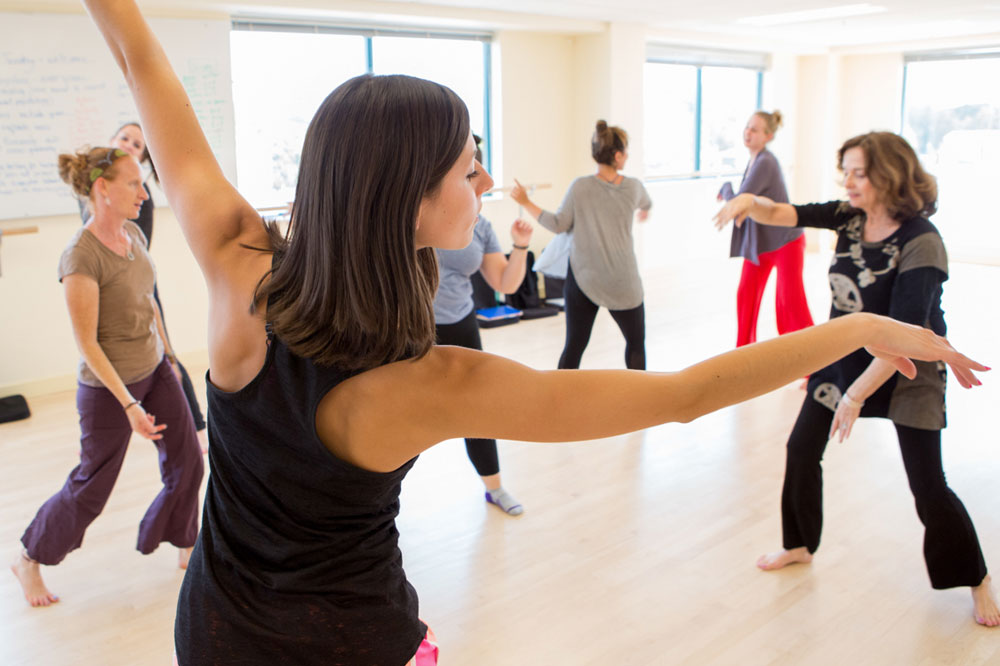 m. m. | 70 000 |
| Staff salary, minimum | 100,000 |
| Taxes, utility bills | 20 000 |
| Advertising, organizational and other expenses | 10,000 |
| Total | 200,000 |
Consider buying a franchise
Franchise "Vita Spa & Beauty" - SPA salon
1 570 000 ₽
Rating
Profit On request
Payback 7 months.
What you need to open a business and run a school2.34.2. Licenses and CCP are not needed for work, but you will need:
- Obtain an IP certificate
- Obtain permission to open a school and place a sign in the city administration
- Agree on the possibility of operating the premises in Rospozharnadzor, SES
- Enter into agreements with the landlord and employees
Coaches working with children need medical records with notes on medical examinations passed on time.
Requirements for the premises
It is better to open a dance school in the central area, close to major transport interchanges or in residential, densely populated areas where many adults live with children of different ages. Strict requirements are imposed on the premises:
- The presence of halls with an area of at least 80 square meters. m
- Arrangement of ventilation and air conditioning systems, bathrooms, shower cabins
- Establishment of separate dressing rooms - men's and women's, at least 10 and 15 sq. m respectively
- Allocation of a hall and a recreation area with a size of at least 20 sq.m
You can rent an already prepared room in specialized fitness and business centers, but the rental price will be higher than for an unequipped hall.
Preparing the halls and rooms for work
Refurbishment of the practice halls:
- Lay a safe floor covering (dance parquet, board)
- Make cosmetic repairs, hang mirrors throughout the wall
- Equip halls with ballet bars, poles and other devices for selected types of dances
- Place musical equipment, hang speakers
- Equip locker rooms with hooks or lockers, benches, place upholstered furniture in the recreation area, and an administrator’s desk at the reception
Staff
Good trainers are the defining factor for a dance school. They ensure the influx and loyalty of students, help in advertising with the help of word of mouth. It is good if the owner himself works as a coach and conducts classes. For a dance school you need at least:
They ensure the influx and loyalty of students, help in advertising with the help of word of mouth. It is good if the owner himself works as a coach and conducts classes. For a dance school you need at least:
- Three hourly trainers — from 60,000 ₽ and more
- Administrator — 25 000 ₽
- Cleaner — 10 000 ₽
- Outsourcing accountant serving individual entrepreneurs — 5,000 ₽
Advertisement for a dance school
Primary advertising campaign should include notification in social networks and city entertainment portals, ordering printed announcements about the opening of the school. In the future, you need:
- Make a sign on the building, put a remote shield in front of it
- Regularly hand out leaflets with the address and offers of the school, flyers for discounts near schools, office and shopping centers
- Conduct dance evenings, participate on behalf of the school in city entertainment events
Advertisement examples:
Dance school poster example Dance school flyer example Dance school flyer exampleComparing the cost of starting a dance school from scratch to acquiring an existing studio:
| School opening costs — 500,000 ₽ | Purchase of a popular dance school in the center of Yekaterinburg — 420,000 ₽ |
| Estimated profit — 50,000 ₽ | Confirmed profit — 70 000 ₽ |
| Average monthly expenses — 200,000 ₽ | Average monthly expenses — 100,000 ₽ |
| Payback - 10 months | Payback - 6 months |
| Requires investments in the preparation of the premises, obtaining many permits, looking for trainers and clients | The school has been operating for 7 years, a customer base of adults and children has been formed, halls of 130 square meters are fully equipped.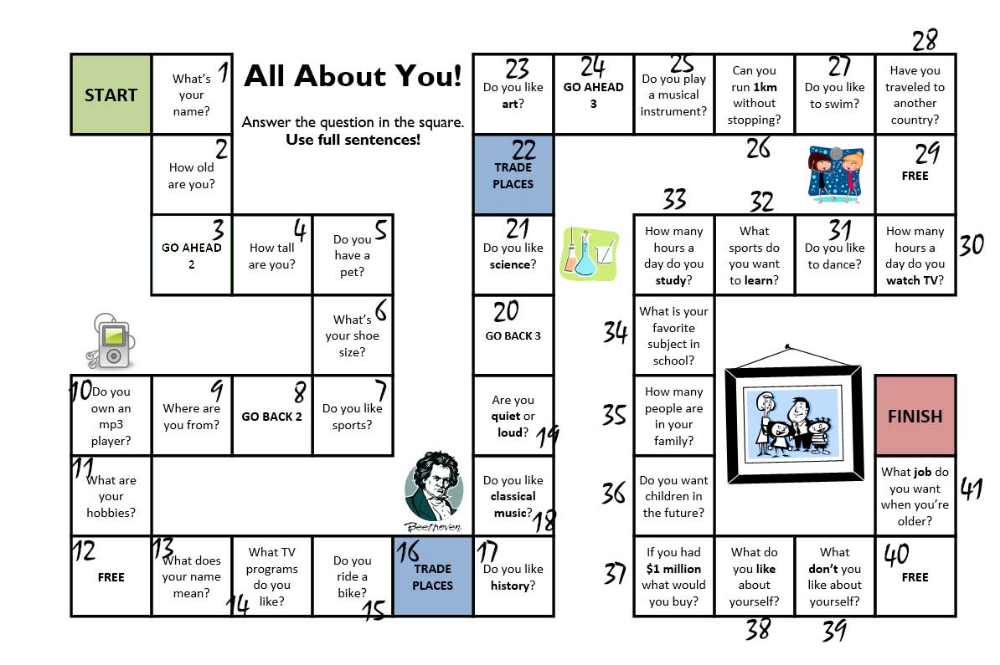 m. m. |
Taking into account the complexities and costs of preparing the premises, expensive rent and the need to develop a client base, it is more profitable to start a business with a ready-made business. It pays off faster and brings more profit.
where to start and how to name a dance school
Opening a dance school
Dancing is an inexpressible pleasure, a toned figure, excellent mood and positive energy that fills a person. Today, both children and adults are enrolled in school and are engaged in modern and classical dances with experienced teachers.
Salsa, Latina, hip-hop, and classical music are considered the most popular among the many directions. Therefore, today many experienced teachers are thinking about how to open a dance school. It is not difficult to build your own business, but is it possible to speak with confidence about its prospects?
Contents
- How to open your own dance school quickly: what it takes
- How to open a profitable dance school: finding teachers
- What do you call the boat.
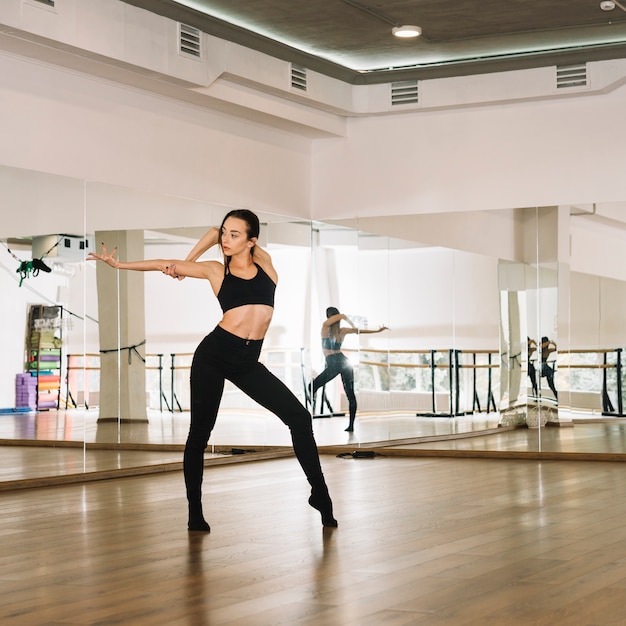 ..
.. - Advertising company: how to open your own dance school
- Dancing for children
- Business is business
How to quickly open your own dance school: what it takes
Opening a dance school is essentially no different from organizing any other business. It also requires calculations and investments. You need a good team and a development plan. First you need to answer the question: how much will your services be in demand in the place where you plan to start your business. If there are already dance schools or dance groups in your city, it is worth considering how exactly your school will differ from the rest. You must formulate a competitive offer in order to attract customers.
If you are looking for a detailed plan on how to open a dance school, we recommend that you take the advice of experts:
- The first step is to determine the style of dance. To do this, we take into account not only personal interests, but also the needs of potential customers.
 You should start monitoring the service market before you open your own dance school. After that, you will be able to determine the circle of your students. Classical dances, salsa are suitable for people of all ages, so there will always be many customers. Such youth trends as hip-hop, breakdance, go-go will attract children and teenagers.
You should start monitoring the service market before you open your own dance school. After that, you will be able to determine the circle of your students. Classical dances, salsa are suitable for people of all ages, so there will always be many customers. Such youth trends as hip-hop, breakdance, go-go will attract children and teenagers. - Selecting a suitable hall. Not every businessman who is interested in how to open a dance school is ready to shell out a whole capital for the purchase of his own separate premises. Therefore, at first you will need to rent a dance hall inexpensively until you earn a serious reputation and gain regular customers. Today, the rental market has a huge selection of spacious, bright rooms with all the amenities for a comfortable workout. High-quality flooring, air conditioning, full-wall mirrors - look for a suitable option in advance before opening a dance school. A convenient place in a residential area should be located near transport stops.

If you are renting space in a residential building, it would be a good idea to get the approval of the tenants. Neighborhood with loud music, constant vibration, not everyone will like it. And, even if such approval is obtained, you still have to ensure good soundproofing of the room. This may require additional funds.
Advertising company: how to open your own dance school ↑
To get started, create your own website where potential clients can get all the information they need about the school, schedule, coaching staff, and tuition fees. This is how photos and videos with illustrative examples should be - this will help to attract and interest students. Advertising through social networks works effectively. Take advantage of the media, organize a leaflet distribution on the street, and your dance business will be an incredible success.
How to Start a Profitable Dance School: Finding Teachers ↑
If you want your dance business to flourish, you should look for experienced trainers who have won prizes at prestigious festivals and competitions, and also have a good reputation. Before you open your own dance school, you need to study the information on thematic sites. The rating of professional dancers and coaches will help you make the right choice. After all, the success of your project will depend on the charisma and skill of the teachers.
Before you open your own dance school, you need to study the information on thematic sites. The rating of professional dancers and coaches will help you make the right choice. After all, the success of your project will depend on the charisma and skill of the teachers.
By the way, many professional choreographers teach at universities in theater and dance. Offer them the opportunity to work with you on a shared schedule. After all, most of those “stars” of the dance floor that you intend to contact, focusing on reviews and forums, are their former students and they got into the dance show business also thanks to them.
What do you call the boat... ↑
The name plays an important role in creating the image of a dance school. If you don't know what to call a dance school yet, it's okay. There is no need for haste in this matter. Many leaders choose thematic names, one way or another connected with dances, and there are many who want to give their own name to their own dance school.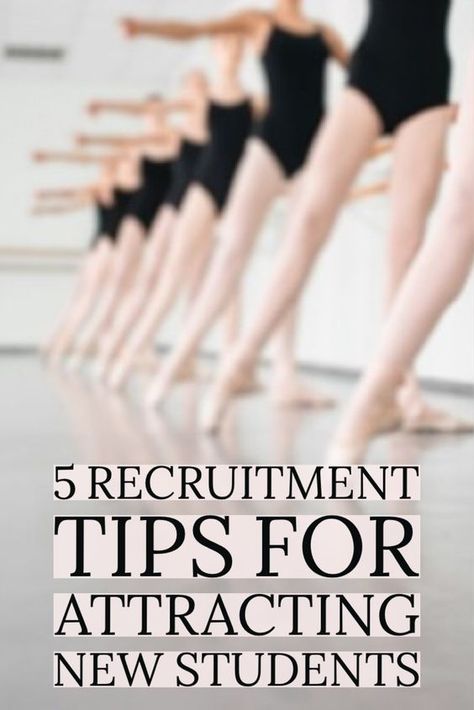
You can follow their lead, or choose your original name. The main rule is that the name of your offspring should be euphonious, bright, memorable and “dancing”.
Dancing for children ↑
Recently, more and more parents pay attention to the physical and aesthetic development of their children. Art and music schools do not know the lack of students. As for dance schools, they still do not have the status of institutions of additional education. After graduating from an art or music school according to a program that has a clear course and deadlines, you can continue your studies at another level. In dancing, however, such results have not yet been achieved. The exception is ballet schools, whose teams subsequently work in theaters.
Working with children has its own peculiarities and limitations. This applies to the arrangement of the premises, and the distribution of classes, and the actual educational program. Therefore, if you are wondering how to open a dance school for children, first read all the requirements.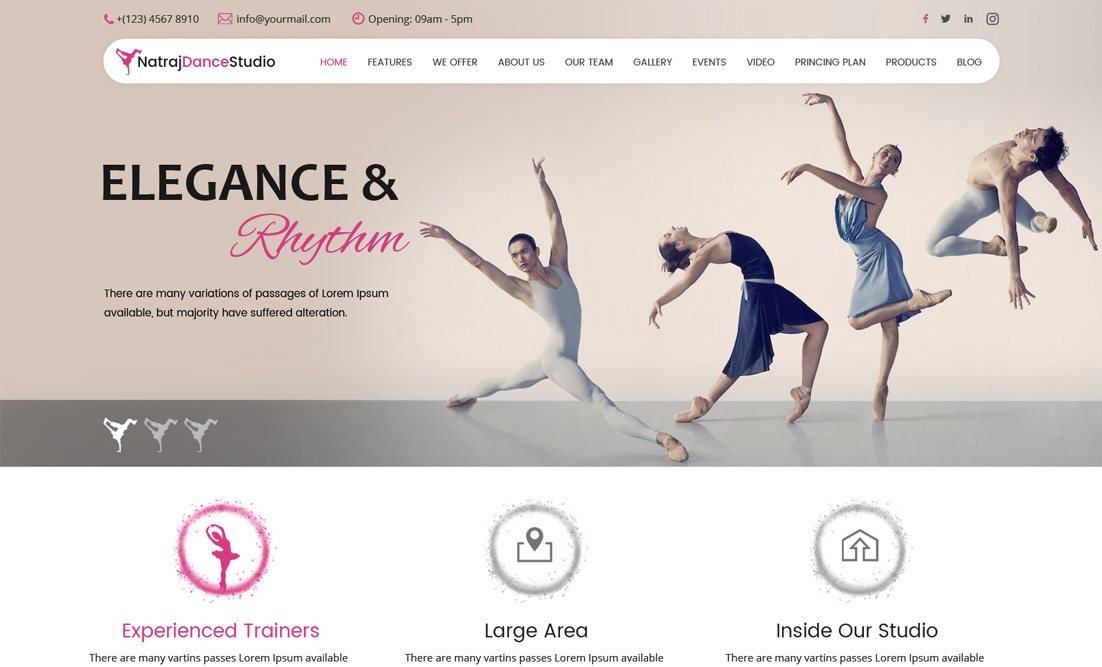
Supervisory organizations always have an increased interest in children's institutions, and therefore you will have to resolve all issues, even those that at first glance seem insignificant. For example, the arrangement of a fire exit or the condition of common rooms.
Business is business ↑
No matter how creative you are, when it comes to the prosperity of your own school, which should at least pay back the money invested in it, this is entirely your concern. If you feel that you are not coping with the tasks of the manager, hire a specialist to solve economic issues. So you can practice the art of dancing without being distracted by trifles like maintenance or purchasing consumables.
By the way, if you plan to expand the school with additional branches, you will also have to worry about recruiting staff for each of them. And the position of the manager should not be the last in the list of the most necessary. This person may not understand the styles and directions of dance at all, but he must be a good business executive and a reliable worker.